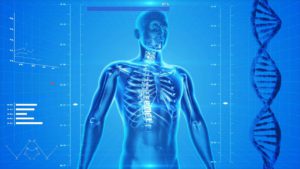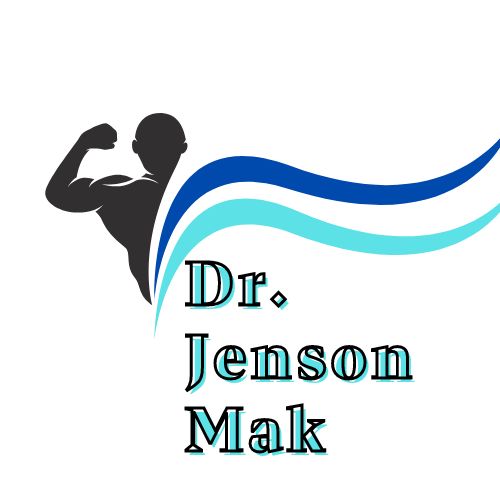 Just as with heart disease, many people assume that osteoporosis will occur as a normal part of aging. However, just as there is nothing natural or normal about having a heart attack, it is not natural to fracture a wrist from an accident, or breaking a hip from slipping. Neither is your spine collapsing or bending, becoming painful, rounded, and humped. Bone is a living, growing tissue that can repair itself, and is vital to the body, supporting you and protecting our soft inner organs from injury. Built to be both strong and flexible, bones are supposed to grow and change with our bodies.
Just as with heart disease, many people assume that osteoporosis will occur as a normal part of aging. However, just as there is nothing natural or normal about having a heart attack, it is not natural to fracture a wrist from an accident, or breaking a hip from slipping. Neither is your spine collapsing or bending, becoming painful, rounded, and humped. Bone is a living, growing tissue that can repair itself, and is vital to the body, supporting you and protecting our soft inner organs from injury. Built to be both strong and flexible, bones are supposed to grow and change with our bodies.
Osteoporosis means “porous bones”, and is a disease that occurs when the body loses too much calcium, fails to make enough new bone tissue, or produces too little bone. This causes bones to become weak and makes breaks more likely, as well as hunched backs with age. But this is not a normal part of the aging process, it means something is wrong with your body.
Often, osteoporosis is one of the greatest obstacles to ageing healthily, and with vitality. According to the US National Osteoporosis Foundation, an estimated 54 million U.S adults are at risk for osteoporosis and low bone mass. The story is the same in many countries. More than half of the adult population over age 50 is at risk of breaking a bone and should be concerned about bone health. For young people, proper nutrition and physical activity are critical to reaching peak bone mass and preventing broken bones later in life. According to the International Osteoporosis Foundation, your doctor can evaluate you to determine if you need a bone density test. The IOF has a one-minute online osteoporosis test you can take and then bring the results to your next doctor’s appointment to discuss.
From DrWeil.com: There are actually two different types of bone – both of which lose bone mass later in life, but at different times.
- Trabecular bone refers to the inner portion of bone that contains calcium in lattice crystal-like structures. The years that comprise childhood through young adulthood are critical for depositing calcium in trabecular bone, which then provides a reserve of this mineral in later life. Trabecular bone is sensitive to several hormones, including oestrogen, which control the amount of calcium deposited and withdrawn. The calcium in trabecular bone is used by the body when blood calcium levels are low. After age 30, a gradual loss in trabecular bone begins to occur.
- Cortical bone is the dense layer that forms the outer shell of bone. While Both types of bone are crucial to bone strength and both contain calcium, cortical bone does not give up its reserves as readily as trabecular bone, and does not begins to decline in mass until after about age 40.
You can discover and treat osteoporosis before you break a bone or develop a fracture. There is medication, as well as diet and exercise regimens that you can undertake to prevent or treat osteoporosis, which will allow you freedom and mobility as you age.
Weight-bearing exercise builds bone, and can delay or slow bone loss with age. Vitamin D is vital to bone health, as is calcium, and vitamin K is important as well. Cortisol, the hormone most associated with chronic stress, is detrimental to bone health and can take a toll over long periods of time, so make sure to take some time out for yourself, to calm and centre. Yoga has benefits in both the weight-bearing exercise category as well as the stress-relief category and is an excellent place to start.
The earlier you start these habits, the longer your bones will remain strong and healthy, but also remember, it’s never too late to start!
